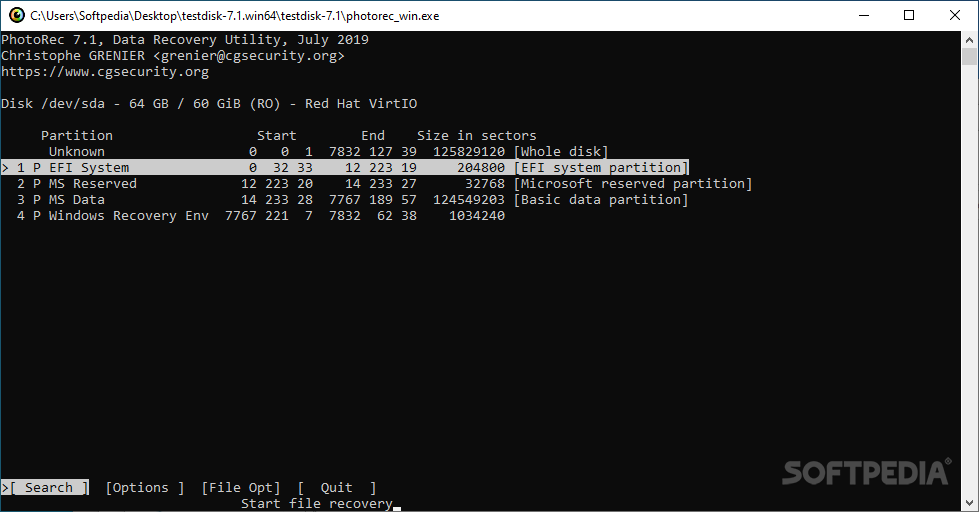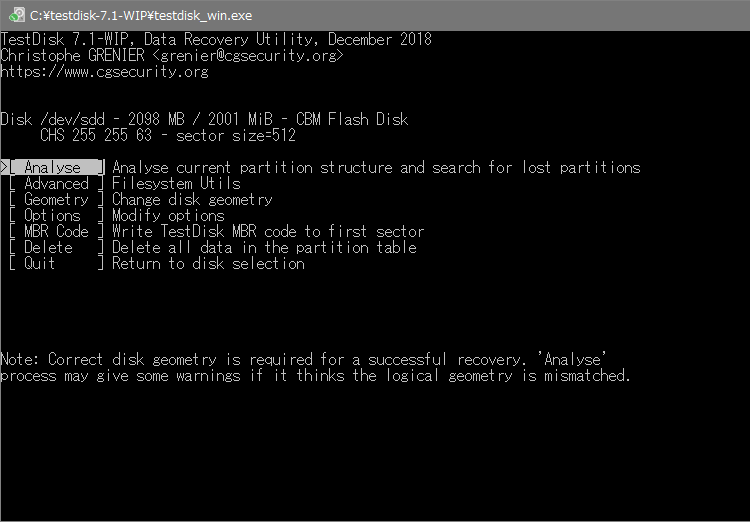

there is a chance that PhotoRec will read through it all, but recognize only a fraction of what is there. I guess except if the first 10 files were randomly aligned to something that won't be true anymore later.īut as soon as there is a new partition, new filesystem, which might have a different alignment, a different block (cluster) size, a different layout. It even asks you for the filesystem first thing in the process: To recover lost files, PhotoRec need to know the filesystem type where theĪs long as you set PhotoRec to analyze a single partition that was a single filesystem, and you didn't overwrite it with another filesystem (like when dd'ing ISO to the wrong device), all is (probably) well. And all further actions then depend on these assumptions. So, not only does it not ignore the filesystem, it even makes assumptions if there is no filesystem. Once this block size is known, PhotoRec reads the media block by block (or cluster by cluster). Otherwise, PhotoRec reads the media, sector by sector, searching for the first ten files, from which it calculates the block/cluster size from their locations. If the file system is not corrupted, this value can be read from the superblock (ext2/ext3/ext4) or volume boot record (FAT, NTFS). PhotoRec first tries to find the data block (or cluster) size.

Although the official documentation states that "photorec ignores the filesystem", even if it was true (it's not), the partition could still play a role, moreso if it's not 4K-aligned.


 0 kommentar(er)
0 kommentar(er)
